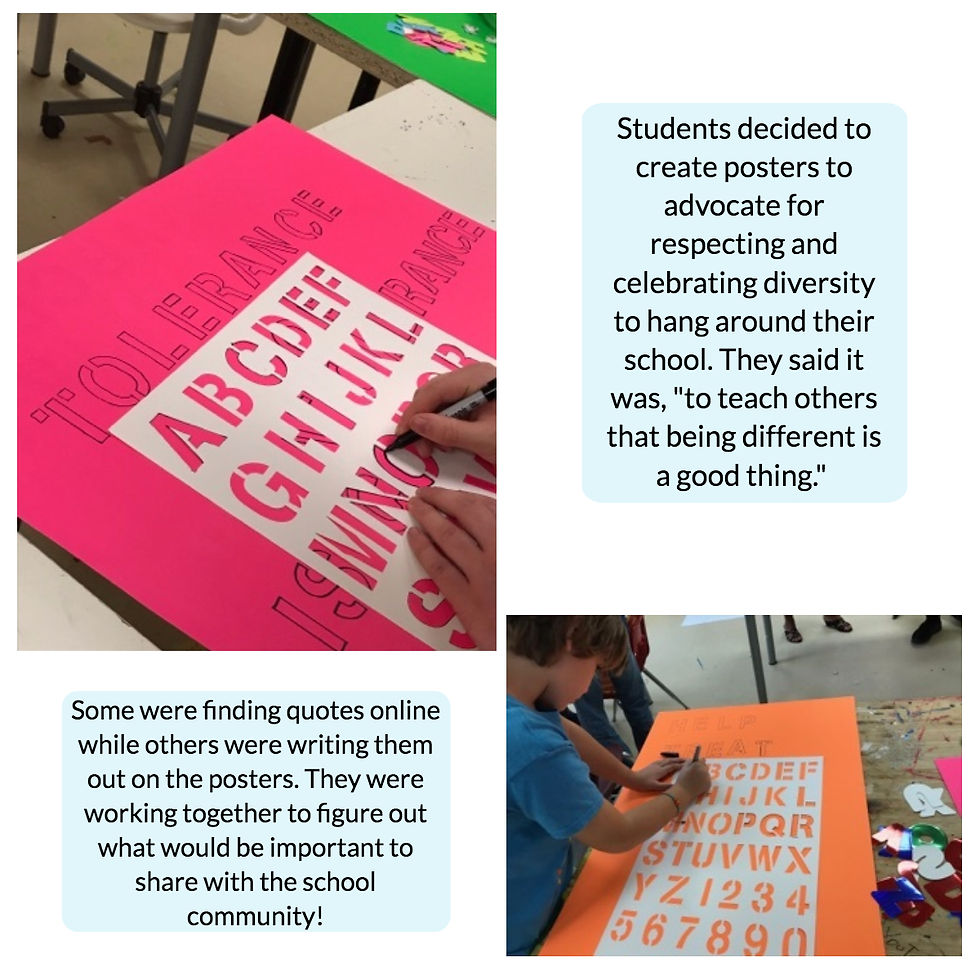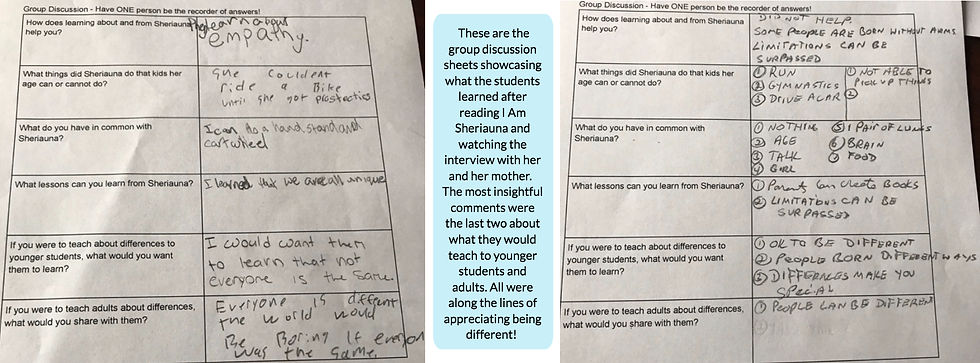HALEY BRITTINGHAM ⍚ PORTFOLIO
I taught the first lesson to all of the kids at Ampersand School, which means we had a wide range of students interacting and discussing the topic of diversity, specifically, different abilities, together. The students enjoyed watching the video and learning more about Sheriauna as a person who just so happens to have a disability. As I went around during their group readings and video-viewing, I asked if they were surprised by any of the activities Sheriauna did. Many students commented on her dancing, by saying "she dances, and she is really good!" and others paid attention to her personality and said, "she seems so nice." Discussing disabilities as a group was a new experience for these students, despite many of them having a learning disability or special need. Bringing the topic to life by explicitly discussing it helped solidify the idea that we all are indeed unique and as one student pointed out, "we can be normal even with an abnormality" which I thought was a very mature takeaway from this lesson!
After the Looking Closely at Ourselves and Celebrating Diversity lessons, the older kids understood what advocacy meant, but the younger kids needed some extra help. The advocacy lesson allowed me to further explain what advocacy means along with also touching on the topic of stereotypes.
Overall, these lessons and the exhibition display demonstrates how students learned about ways to increase the pride of cultural identity and be promoters of it while also recognizing the importance of differences, such as different abilities. On the posters and mural, students worked collectively to teach their classmates and parents about diversity through quotes, images, and pieces of advice. On an individual level, students showed how they are advocates for themselves by being proud of who they are and what makes them unique. All in all, they worked towards promoting inclusion and appreciation of diversity, including cultural identity.
Reflection
CELEBRATING DIVERSITY
Students learned that diversity does not only refer to what you look like, but also includes different abilities. In this lesson, students learned about living with a disability by reading a book and watching a video about a young girl with congenital limb reduction. The purpose was to make sure that students understood that diversity encompasses so many different aspects.
Celebrating Diversity Lesson
To help build the understanding of advocacy, I had students take the focus from themselves, as we did during the first lesson of Looking Closely at Ourselves, to taking the time to look around and appreciate the differences, including different abilities, that people have along with identifying the commonalities. In this lesson, we played a game to help each other recognize that although we are different, people share some experiences, emotions, and thoughts. From this, they learned about disabilities and how we shouldn't automatically assume we know how someone is or acts based off what they look like. Students discussed with their small groups and recorded what they learned from the young girl who is an amputee. They were citing evidence from the book and the video as they discussed their answers in small groups and as a class. Students were making connections to how Sheriauna felt in the past and how they have felt at their old schools because they too have different abilities given that half of them are on the Autism Spectrum and or have a learning disability. From there, they brainstormed ways to advocate for inclusion.
Advocacy Project
Students concluded that their friends at school and family members would benefit from learning about the importance of celebrating diversity. From there, students:
-
Decided that they could start by advocating at school by creating an inclusive school environment, by having the posters and identity portraits up and then spreading into the community by teaching their parents about the importance of cultural inclusion, diversity, and acceptance.
-
Created their self-portraits and posters of tolerance and inclusion that they showcased at their November Exhibition Night
-
Came up with the idea of signing a school pledge,"Don't judge a book by its' cover." They hung it up in their exhibition to advocate for getting to know people for who they really are.
Ampersand students worked collectively to address the need for cultural inclusion by promoting pride of one's own cultural identity through the creation of their identity posters and appreciating other's cultural differences through artwork and quotes.
Advocacy Lesson
I realized the younger students needed an explicit lesson on what advocacy means and how they can be agents of change within their school, home, and community. In order to get them excited and build their confidence in, "Yes, I can" create positive change I had them watch a Kid President video. Then we discussed some keywords like stereotypes and looked at a map of common stereotypes. From this, we connected it with our previous lessons on looking closely at ourselves and celebrating diversity and how we can tie it all together to be advocates for diversity along with increasing pride in our own cultural identity.
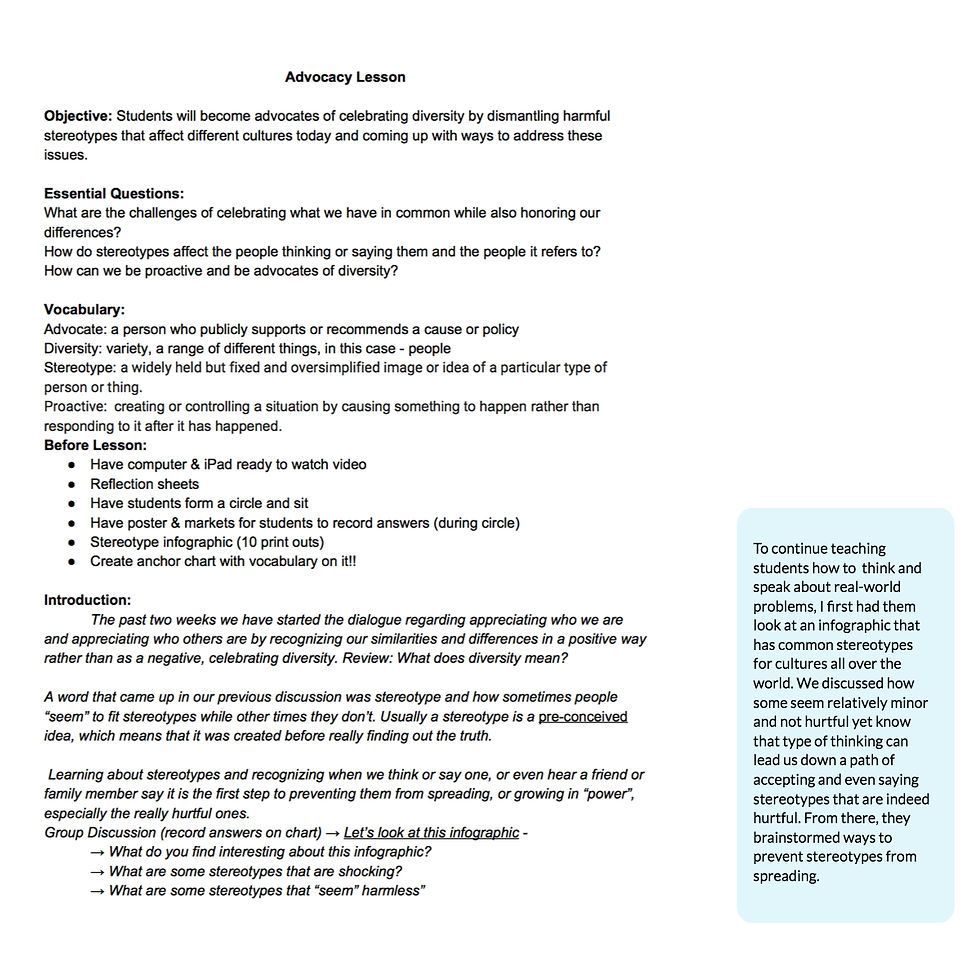

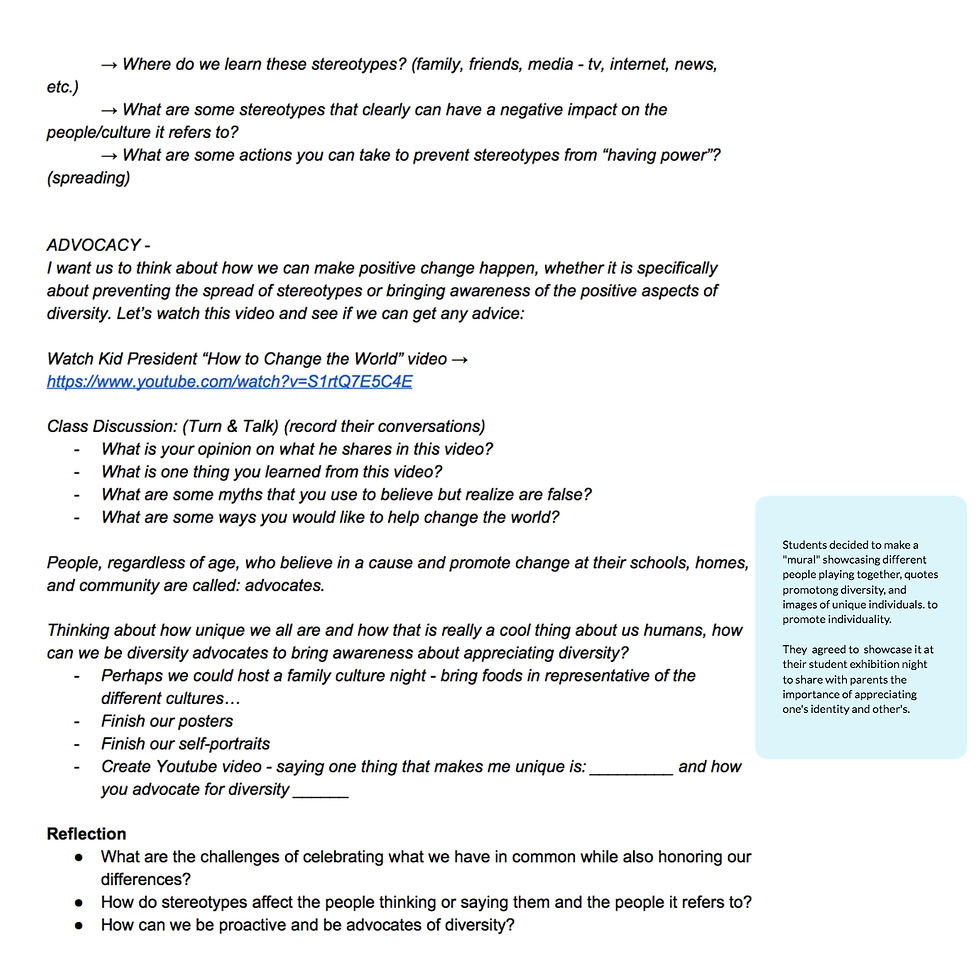
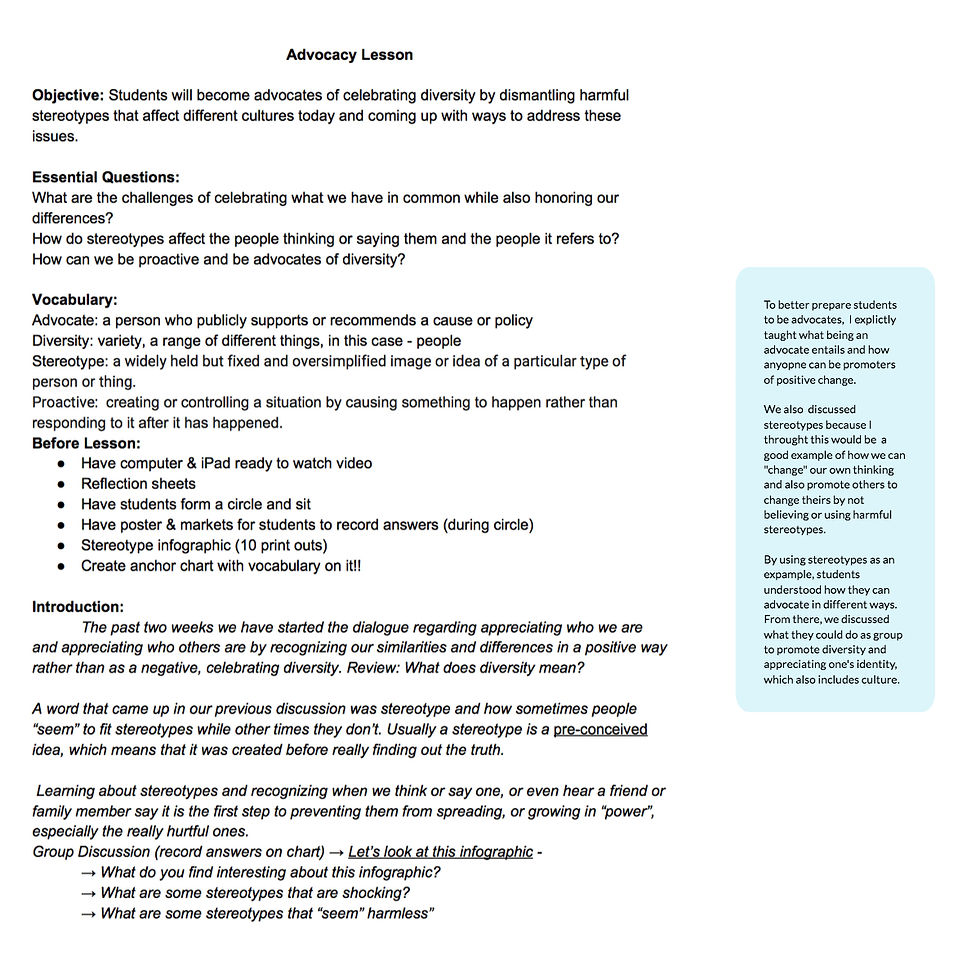
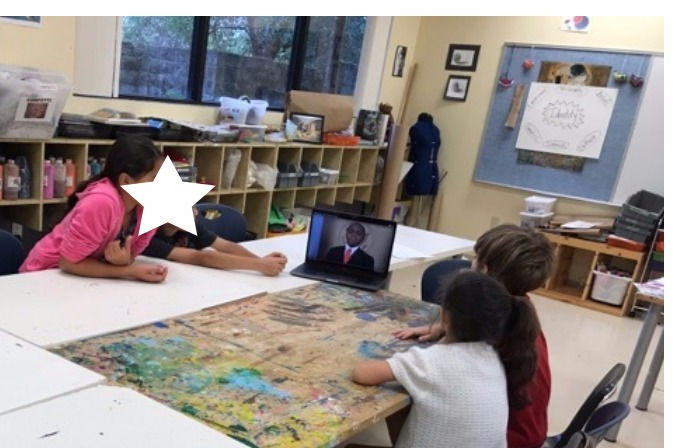
Students learn from Kid President about changing the world!
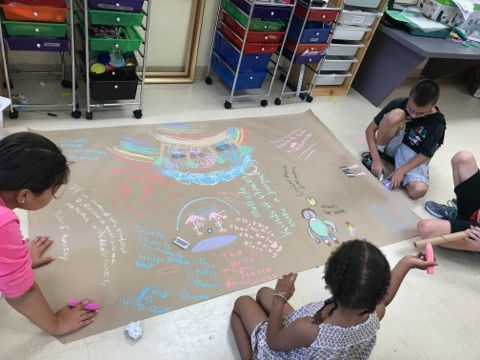
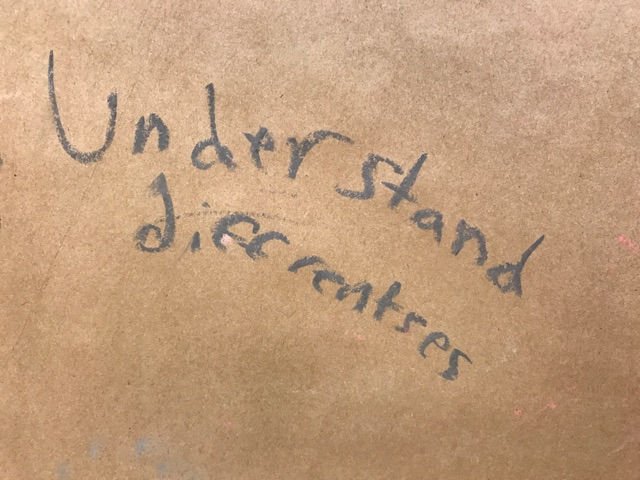

This student drew a picture to demonstrate how kids who may look different can get along.

This student is finishing his poster promoting tolerance.

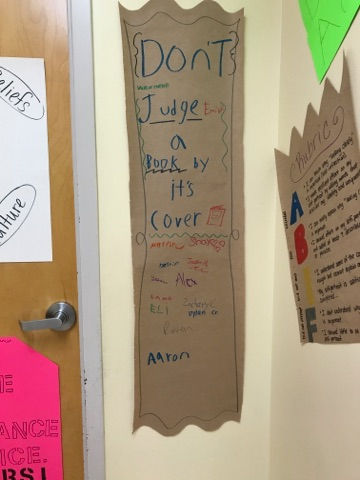
This showcases the pledge that students created, agreed upon and signed to share with their families on exhibition night that they are working towards getting to know people before passing judgements.
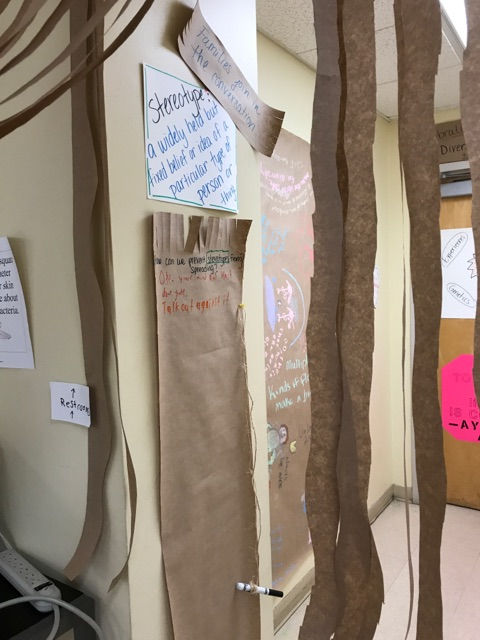
Students came up with the idea of asking parents how they can work towards breaking down stereotypes.

This is the "I Am Me" wall showcasing students self-portraits which promotes appreciating everyone's uniqueness and cultural identity.
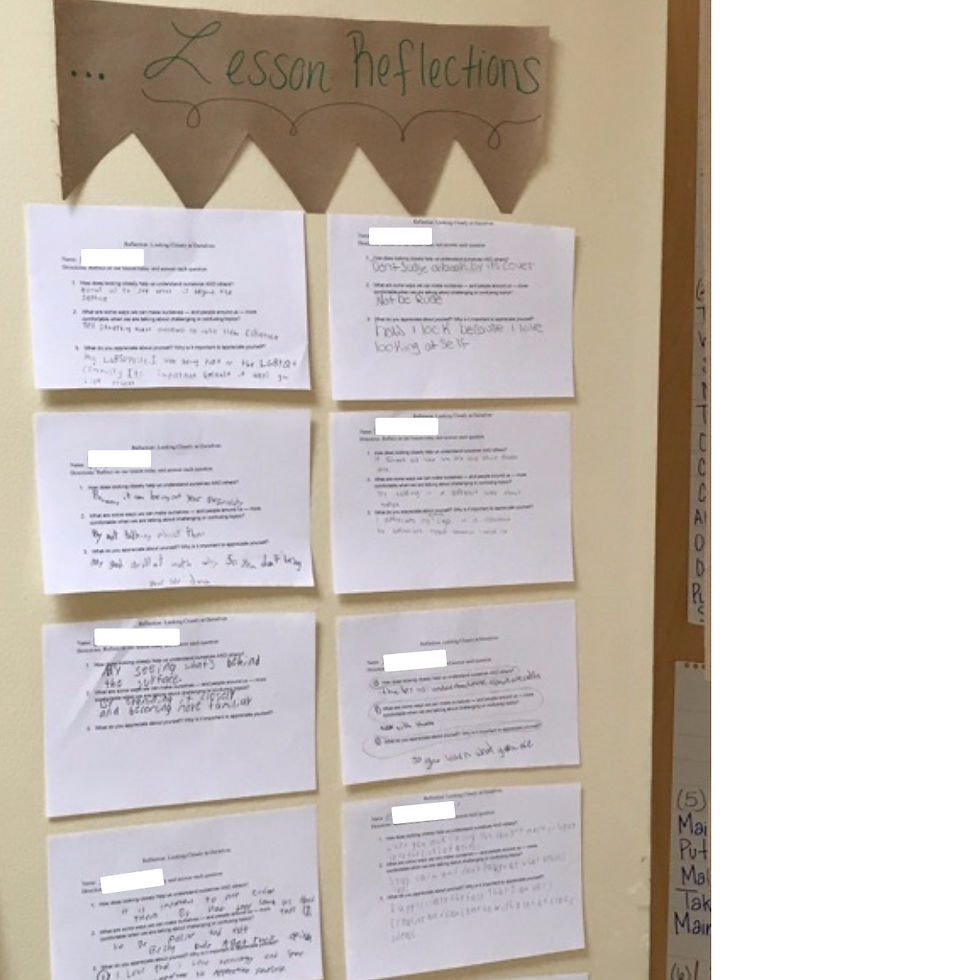

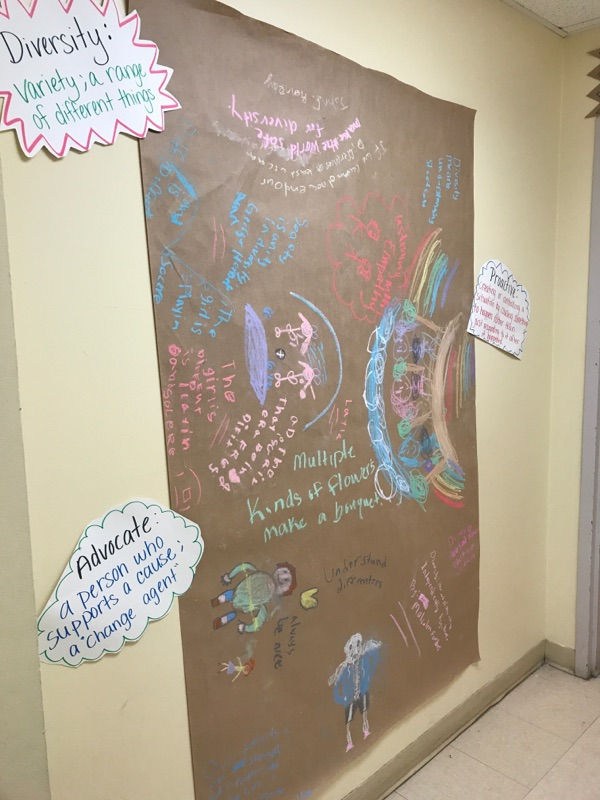
This is the mural the younger students created to promote inclusion.
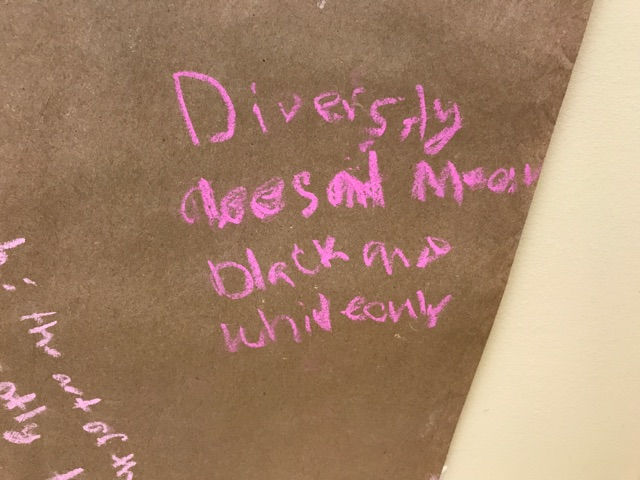
A quote one student found, "Diversity does not mean black and white only." His reasoning for adding this is, "I use to think diversity only meant what color you are and I think it is important that parents and other kids know that it means more than just what color you are."


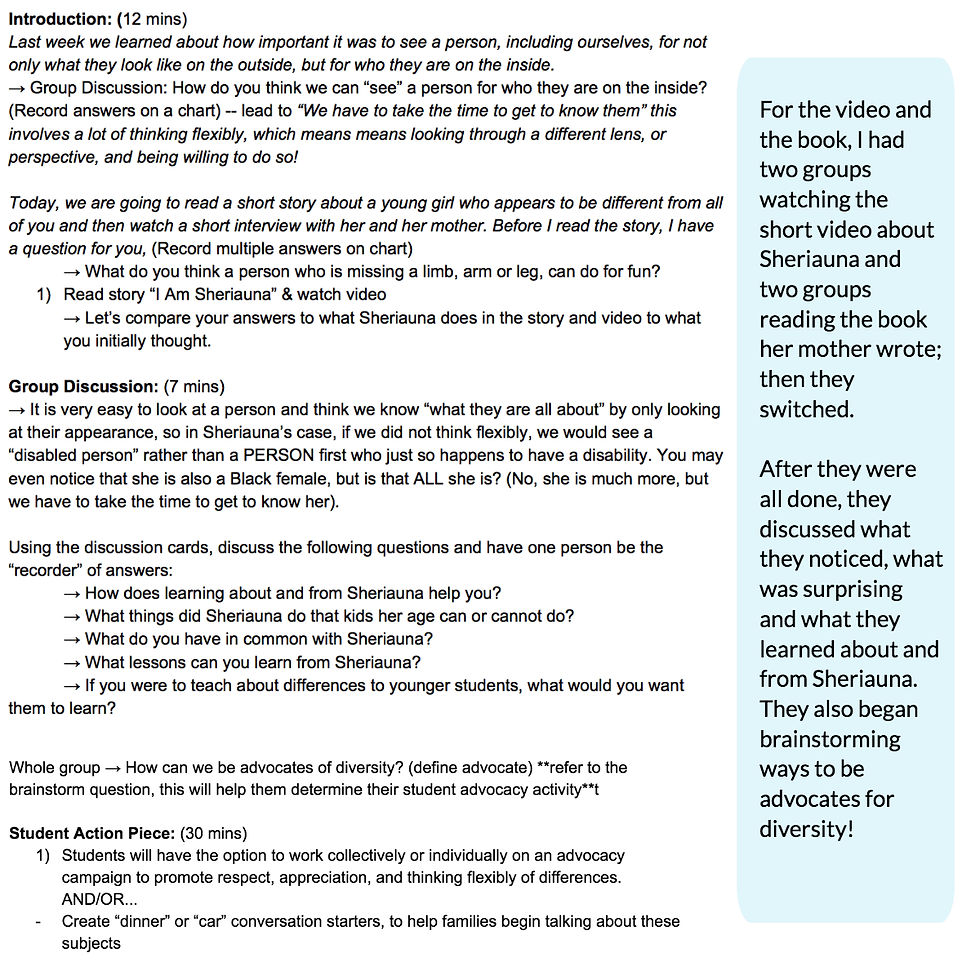


This is the cover of the book used during our lesson, I Am Sheriauna.

